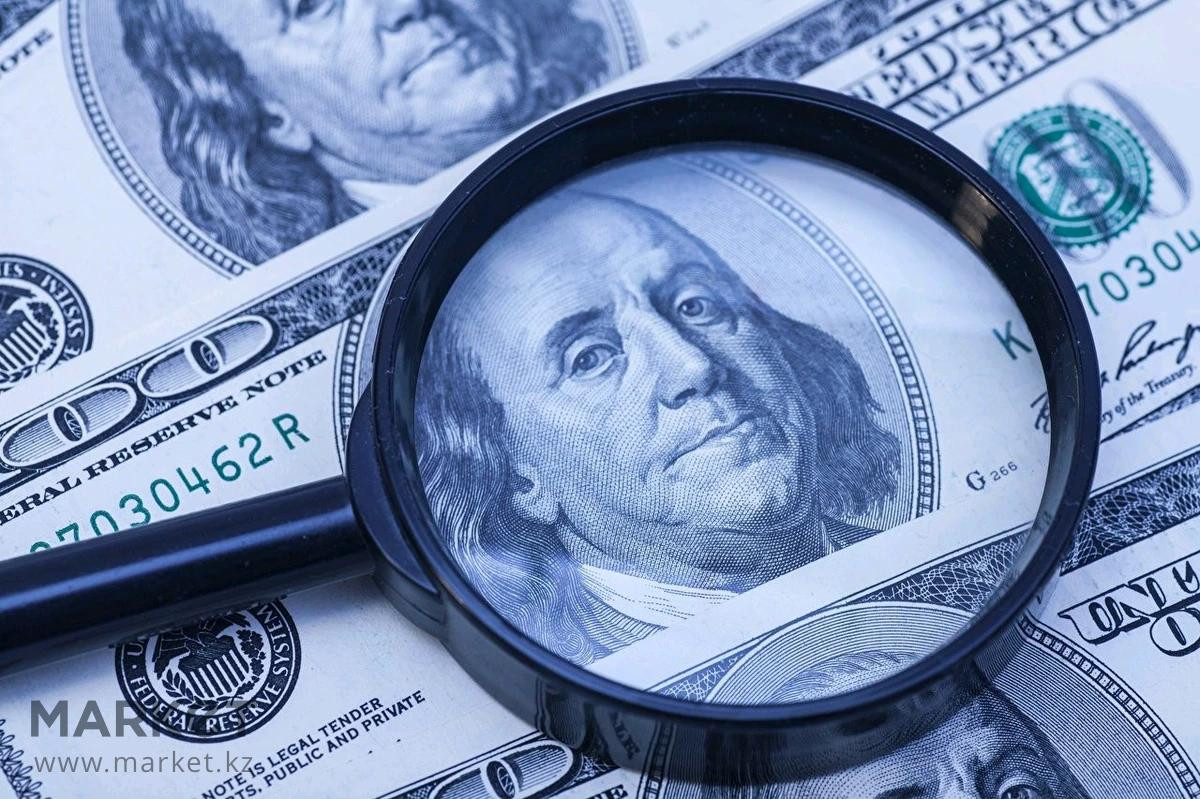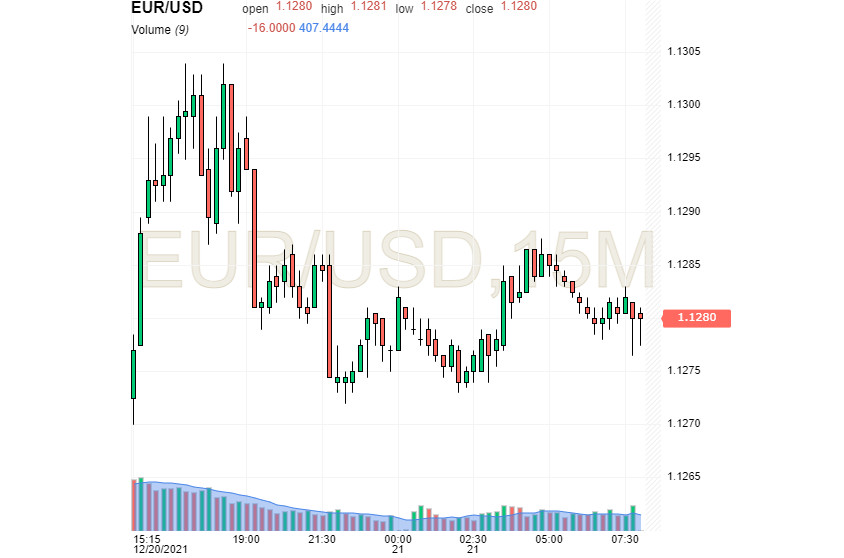
The US dollar, which experienced victory recently, is forced to retreat under the pressure of the Fed's hawkish actions and investors' avoidance of risk. However, this currency does not intend to give up and plans to recover its current losses.
Investors' refusal to buy risky assets amid renewed fears about the spread of the Omicron coronavirus strain facilitated the pullback of the US currency. On Monday evening, some panic gripped the markets, so the US and European stock indices went into the negative zone. In this situation, risk aversion puts pressure on the yield of US Treasuries and limits the growth of the US dollar.
On the other hand, the price of the euro has increased correctively against the American one, and is now heading into an upward spiral. On Tuesday morning, the EUR/USD pair was trading at the level of 1.1280, trying to further rise. At the same time, the US dollar fell below current highs, losing its previous gains after hitting plans to implement an infrastructure plan initiated by US President Joe Biden.

The news about the possible refusal of the US Senate to accept a large package of infrastructure spending (Build Back Better) shocked investors. Previously, its approval was taken for granted, but some representatives of the Democratic Party unexpectedly announced their readiness to vote against it. The reason lies in the significant burden on the American economy, which may not be able to withstand such costs.
Earlier, representatives of the largest bank Goldman Sachs excluded fiscal stimulus for the US economy from their baseline scenario and downgraded its growth forecast to 2% in the first quarter of 2022 (from the previous 3%), and to 3% in the second quarter (from the previously announced 3.5%) and up to 2.75% in the third quarter (from the previous 3%). Bank representatives also doubt that the first increase in the Fed's federal funds rate will occur in March 2022.
The current situation keeps the market participants thrilled. Many traders and investors believe that the failure to approve the infrastructure spending package will force the Fed to postpone the rate increase. As a result, their increase, planned for the first half of next year, as well as the easing of the stimulus package, may be postponed for a long time.
Regarding the prospects of the European currency, analysts do not have much hope. According to Marshall Gittler, head of investment research at BDSwiss, the euro in the EUR/USD pair will continue to weaken, despite the short-term current growth. Its further decline is possible if the ECB maintains its soft monetary policy. It can be recalled that last Thursday, the European regulator expectedly kept the interest rate on loans at zero, and the rate on deposits at -0.5%.
The ECB Governing Council believes that key rates will remain at current levels until inflation reaches the 2% target. At the same time, Pablo Hernandez de Cos, a representative of the Governing Council of the ECB and the Central Bank of Spain, announced yesterday an "unlikely" rate hike in 2022.
Experts assess the risks of a deterioration in the European economy as small, despite the worsening situation with the spread of new mutations of the coronavirus. ECB President Christine Lagarde said that the tense situation with COVID-19 could negatively affect economic growth in the long term. According to her assessment, economic activity in the region slowed down in the fourth quarter of 2021, but at the beginning of next year, a moderate economic recovery will continue.
The absence of a traditional New Year rally added pessimism to the market. The reasons for this are the pressure on the US stock market amid problems related to the support program, and the uncertainty about the implementation of the Fed's decisions on raising rates and curtailing incentives Analysts emphasize that the tightening of monetary policy of the US regulator is currently under threat. This adds problems to the US dollar, whose dynamics are weak. Nevertheless, it has the strength for further recovery, which is not far off.
 English
English 
 Русский
Русский Bahasa Indonesia
Bahasa Indonesia Bahasa Malay
Bahasa Malay ไทย
ไทย Español
Español Deutsch
Deutsch Български
Български Français
Français Tiếng Việt
Tiếng Việt 中文
中文 বাংলা
বাংলা हिन्दी
हिन्दी Čeština
Čeština Українська
Українська Română
Română

